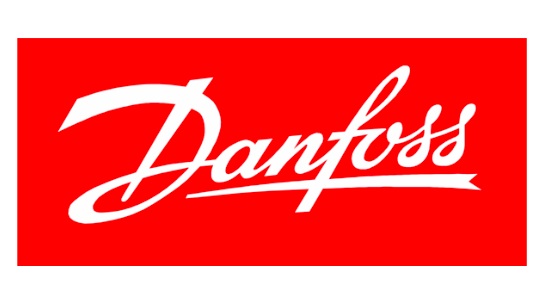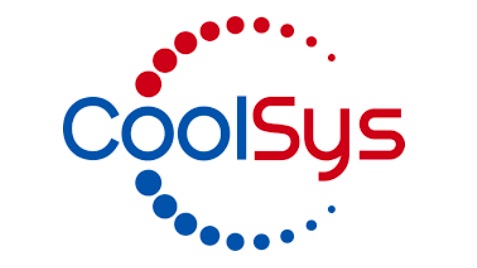BEVERLY, Mass. – Dalkia Energy Solutions, EDF Group recently increased its financial support level for the North American Sustainable Refrigeration Council (NASRC). The NASRC is an action-oriented 501c3 nonprofit that brings together stakeholders from virtually every sector of the commercial refrigeration industry to advance natural refrigerants and create a climate-friendly future for supermarket refrigeration.
With decades of work helping grocery chains across the US reduce their energy footprint, Dalkia has been a supporter of the NASRC since its founding in 2015. Dalkia’s increased level of NASRC support demonstrates a new level of commitment to driving adoption of these more sustainable refrigeration solutions.
Dalkia is the building energy services division of EDF Group, one of the largest utilities in the world. EDF Group is focused on advancing low-carbon energy to support both economic growth and climate solutions. Dalkia’s 2016 acquisition of Groom Energy Solutions marked its introduction to the US market, bringing reliable and cost-effective energy management solutions to both commercial and industrial customers.
“Dalkia’s projects globally have contributed to the prevention of roughly 4.2 million tons of CO2 of emissions, the equivalent of taking two million cars off the road,” said Jon Guerster, CEO of Dalkia Energy Solutions. “And the numbers for 2019 will be even greater.”
He furthered, “we work closely with each and every customer to develop a customized initiative roadmap to unlock energy savings and maximize efficiency. It’s part of our mission and at the heart of all we do.”
Dalkia’s commitment to energy efficiency is especially important in supermarkets, which are more electricity-intensive than any other commercial building type in the US.
To reduce the overall carbon footprint of supermarket refrigeration, both the energy use and the global warming potential (GWP) of the refrigerants used must be considered. The climate impact of a supermarket’s refrigeration system can be evaluated using a measure called the Total Equivalent Warming Impact—the sum of the “indirect” emissions resulting from energy use and the “direct” emissions of refrigerants. For this reason, energy efficiency has become a growing part of NASRC’s strategy to create a climate-friendly future for supermarket refrigeration, as was demonstrated at their recent Low-GWP & Energy Efficiency Expo.
“A growing number of retailers are looking for solutions that offer both low-GWP and energy efficiency benefits. Stakeholders from both energy management and supermarket refrigeration need a seat at the table to advance solutions for supermarkets, and we are glad to see Dalkia position themselves at the forefront of this effort.”
- Danielle Wright, executive director of the NASRC.
“We view the transition to natural refrigerants as a critical piece in the broader greenhouse gas emission reduction puzzle. The US is trailing Europe, where our affiliate Dalkia Froid Solutions has made a significant number of upgrades delivering commercial refrigeration using low-GWP refrigerants, about 150 installations per year with over 2,000 commercial and industrial sites in total under maintenance in Europe,” said Adin Hamilton, SVP of Dalkia Energy Solutions. “There is a great deal of ground to make up in the US, and our involvement with NASRC is a way to participate and contribute to the thought-leadership required to advance this cause. Dalkia is committed to helping customers meet emerging regulatory requirements and organizational carbon reduction goals.”
In addition to Dalkia Energy Solutions, NASRC is supported by a strong network of members, which represents over 24,000 supermarket locations in North America, major equipment manufacturers, service contractors, and other commercial refrigeration stakeholders. Together with their network, the NASRC is driving forward industry solutions that eliminate the barriers to a sustainable future for refrigeration.
More information about Dalkia Energy Solutions, EDF Group is available at: https://www.dalkiasolutions.com/








